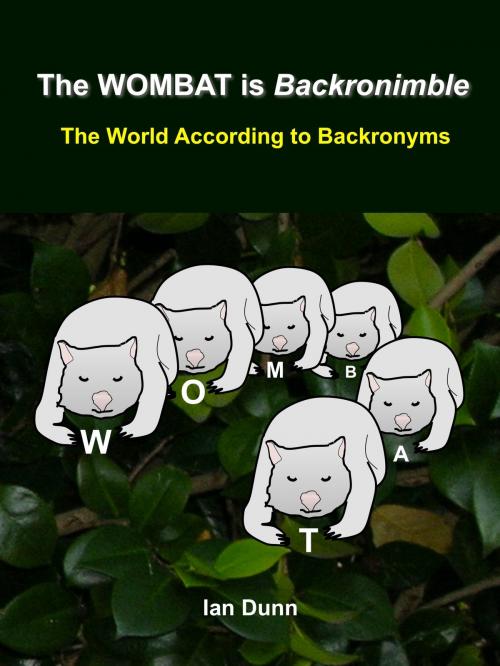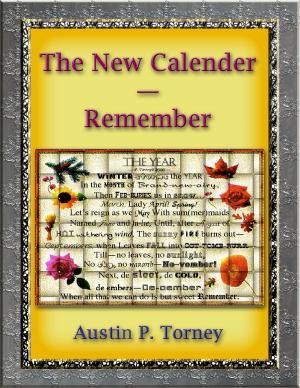The WOMBAT is Backronimble: The World According to Backronyms
Nonfiction, Entertainment, Games, Word Games, Fiction & Literature, Humorous| Author: | Ian Dunn | ISBN: | 9781476415611 |
| Publisher: | Ian Dunn | Publication: | April 1, 2012 |
| Imprint: | Smashwords Edition | Language: | English |
| Author: | Ian Dunn |
| ISBN: | 9781476415611 |
| Publisher: | Ian Dunn |
| Publication: | April 1, 2012 |
| Imprint: | Smashwords Edition |
| Language: | English |
Take a single word, or a group of words, and use each letter in sequence as an initial to start a string of new words. The resulting expression is a backronym, or a ‘reverse acronym’, and just about anything can serve as a backronym target. But in most cases, a really good backronym expression will refer back to the meaning of the target word(s) from which it was derived. This book revels in this kind of backronym self-reference, and considers the varying ways that it is possible. But the most practical and amusing approach to all this is to use a wide range of different target subjects. Here, there is a strong leaning towards Australian themes owing to the author’s origins, but many other areas of general interest are also covered. Wild and witty backronyms are accordingly found within the topics of sex, life style, America, science, philosophy, technology, religion, and much more. Can computers compose really good backronyms? This too is given a working-over, and some conclusions reached. Each target word choice and associated backronym expressions are given running commentaries, extensive where appropriate. This is always done with an eye towards amusement and light entertainment, although there is some serious background material provided as well. Given the preoccupation of this book, the best way to conclude this description is surely with a backronym itself. So, here is a relevant target statement: “But read this book!” And here is the resulting expanded self-referential backronym expression, using each letter of the target in sequence: “Backronyms Ultimately Try Retroactively Expanding A Designated Target, Hatching Interesting Solutions, But Obviously Only Kiddingly!”
Take a single word, or a group of words, and use each letter in sequence as an initial to start a string of new words. The resulting expression is a backronym, or a ‘reverse acronym’, and just about anything can serve as a backronym target. But in most cases, a really good backronym expression will refer back to the meaning of the target word(s) from which it was derived. This book revels in this kind of backronym self-reference, and considers the varying ways that it is possible. But the most practical and amusing approach to all this is to use a wide range of different target subjects. Here, there is a strong leaning towards Australian themes owing to the author’s origins, but many other areas of general interest are also covered. Wild and witty backronyms are accordingly found within the topics of sex, life style, America, science, philosophy, technology, religion, and much more. Can computers compose really good backronyms? This too is given a working-over, and some conclusions reached. Each target word choice and associated backronym expressions are given running commentaries, extensive where appropriate. This is always done with an eye towards amusement and light entertainment, although there is some serious background material provided as well. Given the preoccupation of this book, the best way to conclude this description is surely with a backronym itself. So, here is a relevant target statement: “But read this book!” And here is the resulting expanded self-referential backronym expression, using each letter of the target in sequence: “Backronyms Ultimately Try Retroactively Expanding A Designated Target, Hatching Interesting Solutions, But Obviously Only Kiddingly!”


![Cover of the book Beaver At His Parents' [Episode 1] by Ian Dunn](https://www.kuoky.com/images/2014/november/300x300/1230000279927-gS1h_300x.jpg)












